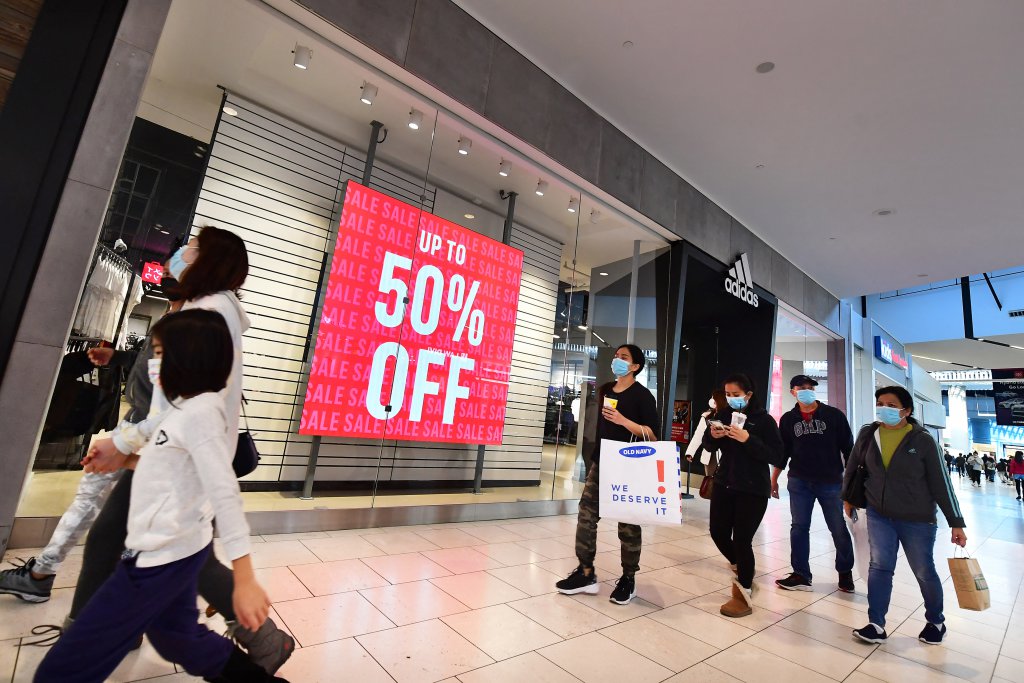Retail shopping remains hybrid despite emerging tech

- 72% of retail shoppers use the store as all or part of their primary purchase method
- Reasons given included touching and feeling products before buying them, picking and choosing their own products, and getting products right away
- Gen Z consumers surveyed are most likely to be a ‘hybrid shopper’ compared to other age groups
Over the last two years, retail shopping has evolved tremendously around the world due to the COVID-19 pandemic. While physical retail shopping experiences are still preferred by many, emerging technologies like Augmented Reality (AR) and advancements in AI for better and faster retail analytics have enabled online shopping to be a whole new experience for shoppers as well.
In fact, a global study of over 19,000 surveyed consumers shows hybrid shopping, which is a mix of physical and digital channels in shopping journeys, is on the rise as retail shopping habits consumers adopted out of necessity during the COVID-19 pandemic are becoming routine.
The global study was released at NRF 2022, organized by National Retail Federation (NRF), the world’s largest retail trade association. The “Consumers want it all: Hybrid shopping, sustainability, and purpose-driven brands” study conducted together with IBM reveals rising consumer preferences for sustainability and shopping journeys splintered across multiple digital, physical, and mobile touchpoints.
With hybrid shopping being the future of retail shopping, retailers must become more agile to meet customers where they are, integrating digital and in-store experiences. The study also revealed that 72% of respondents use the store as all or part of their primary purchase method.
When it came to physical shopping, the top reasons given included touching and feeling products before buying them (50%), picking and choosing their own products (47%), and getting products right away (43%), though what in-store shoppers are looking for varies by product category.

(Photo by Frederic J. BROWN / AFP)
Despite only 27% of respondents report hybrid shopping is their method of choice, the Gen Z consumers surveyed are most likely to be a ‘hybrid shopper’ compared to other age groups. This is partially due to the fact that new online shopping experiences such as the use of AR tools and shoppertainment, as well as social media being strong influencers.
The study also shows that sustainability has become increasingly important to surveyed consumers’ purchase decisions and brand preferences since 2020. Purpose-driven consumers, who choose products and brands based on their values like sustainability, are now the largest segment of consumers surveyed (44%). 62% of respondents are willing to change their purchasing habits to reduce environmental impact, up from 57% two years ago.
Half of the respondents say they’re willing to pay a premium for sustainability, an average premium of 70%. This is roughly double the premium from 2020. However, there’s a gap between intention and action as only 31% of respondents say that sustainable products made up most or all of their last purchase.
For Mark Mathews, Vice President of Research Development and Industry Analysis at the NRF, the hybrid approach is a fundamental shift in consumer behavior.
“While many surveyed consumers still place a high value on the traditional in-store shopping experience, they also now expect the flexibility to build their own shopping journey – according to the behaviors prevalent to their age range, available tools, and the product category they are looking to purchase,” he added.
Luq Niazi, Global Managing Director IBM Consumer Industries said the survey showed that although sustainability became increasingly important to consumers, though there’s still a gap between their intentions and actions due to a lack of information in the buying process. Increasingly, it’s becoming essential that retail brands demonstrate sustainable choices and options in each step of the customer experience.
At the same time, Niazi pointed out that hybrid shopping has taken hold in most categories, particularly in home goods and apparel; and while stores continue to play the predominant role in grocery, hybrid shopping is growing in these categories too.
“Retail brands are continuing to rapidly transform operations, customer experience, and supply chains with technologies like AI, hybrid cloud, and blockchain to help serve these multiple customer preferences,” he added.










